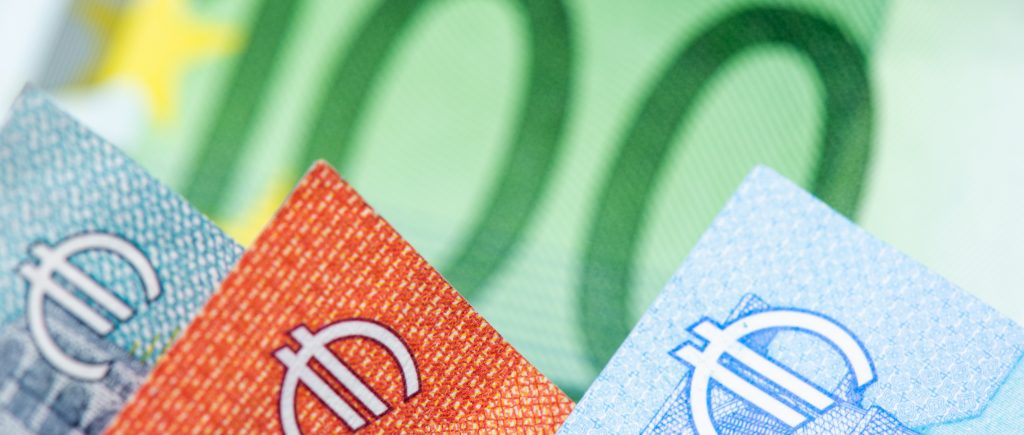The Euro experienced a significant decline on Thursday, falling below 1.0250 against the US Dollar. This marks the lowest level for the currency pair in two years, raising concerns about the Euro’s weakening trajectory.
The decline follows the release of disappointing European Manufacturing Purchasing Managers’ Index (PMI) data. The PMI unexpectedly fell in December, indicating a deepening contraction in the manufacturing sector. This data reinforces expectations that the European Central Bank (ECB) will accelerate its pace of interest rate cuts to stimulate economic growth, even as energy prices remain elevated.
This divergence in monetary policy between the ECB and the Federal Reserve (Fed), which is expected to proceed with a more cautious approach to rate cuts, is likely to further weaken the Euro. Some analysts predict that the Euro could even reach parity with the US Dollar within the next year.
Technical Outlook Remains Bearish
The EUR/USD pair has experienced a significant decline since its peak in September, falling by over 8%. While short-sellers have yet to break below the 1.0200 level, technical indicators suggest further downward pressure. A bearish divergence on the Moving Average Convergence-Divergence (MACD) indicator signals a potential for continued losses.
The 50-day Exponential Moving Average (EMA) is currently descending, providing additional downward pressure on the currency pair. A sustained move above this level could signal a potential reversal, with the 200-day EMA acting as the next key resistance level.

 Noor Trends News, Technical Analysis, Educational Tools and Recommendations
Noor Trends News, Technical Analysis, Educational Tools and Recommendations




